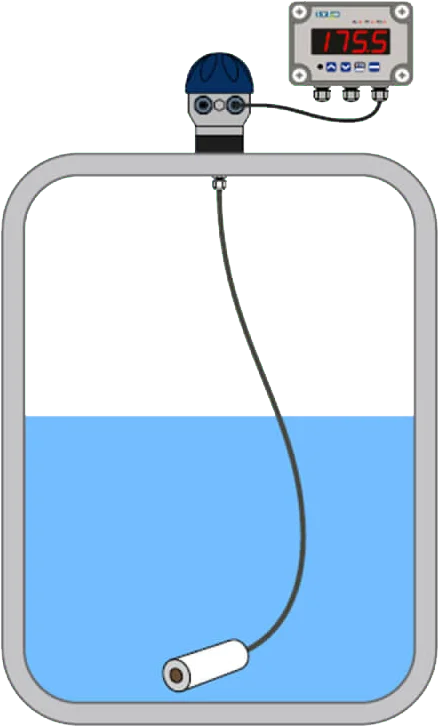The right tank level sensor for liquid level measurement

When selecting the right tank level sensor, there are several factors that you should consider:
There are several different technologies used in tank level sensors, including float sensors, ultrasonic sensors, pressure sensors, and radar sensors. Each of these technologies has its own benefits and drawbacks, and the right technology for your application will depend on the specific needs of your application.
Pressure sensors are suitable for use in liquids with a wide range of viscosities and can be used to measure the level of liquids over a wide range of depths. However, they may not be suitable for use in highly viscous liquids or liquids with high specific gravity.
Float sensors are simple, reliable, and inexpensive, but they may not be suitable for use in highly viscous liquids or liquids with high specific gravity.
Ultrasonic sensors are non-contact, so they do not come into contact with the liquid, making them suitable for use in hazardous or corrosive environments. However, they may be affected by the presence of foam or other materials on the surface of the liquid. They can be unreliable when measuring any chemical that produces a vapor or outgasses. Also, ultrasonic level sensors are not recommended for applications that may involve turbulence or are subject to condensate.
Pressure sensors are suitable for use in liquids with a wide range of viscosities and can be used to measure the level of liquids over a wide range of depths. However, they may not be suitable for use in highly viscous liquids or liquids with high specific gravity.
Radar sensors are non-contact, so they do not come into contact with the liquid, making them suitable for use in hazardous or corrosive environments. They are also able to operate at a distance, so they can be used to measure the level of liquids in tanks that are located at a distance from the sensor. However, they may be affected by the presence of foam or other materials on the surface of the liquid.
When selecting a tank level sensor, it is important to consider the specific needs of your application. Make sure to consider factors such as the properties of the liquid being measured, the range of levels you need to measure, the accuracy and response time required, and the physical characteristics of the sensor. By carefully evaluating these factors, you can choose a sensor that is well-suited to your application and that will provide accurate and reliable measurements.
Learn more about level sensors
Please contact us to discuss your application


